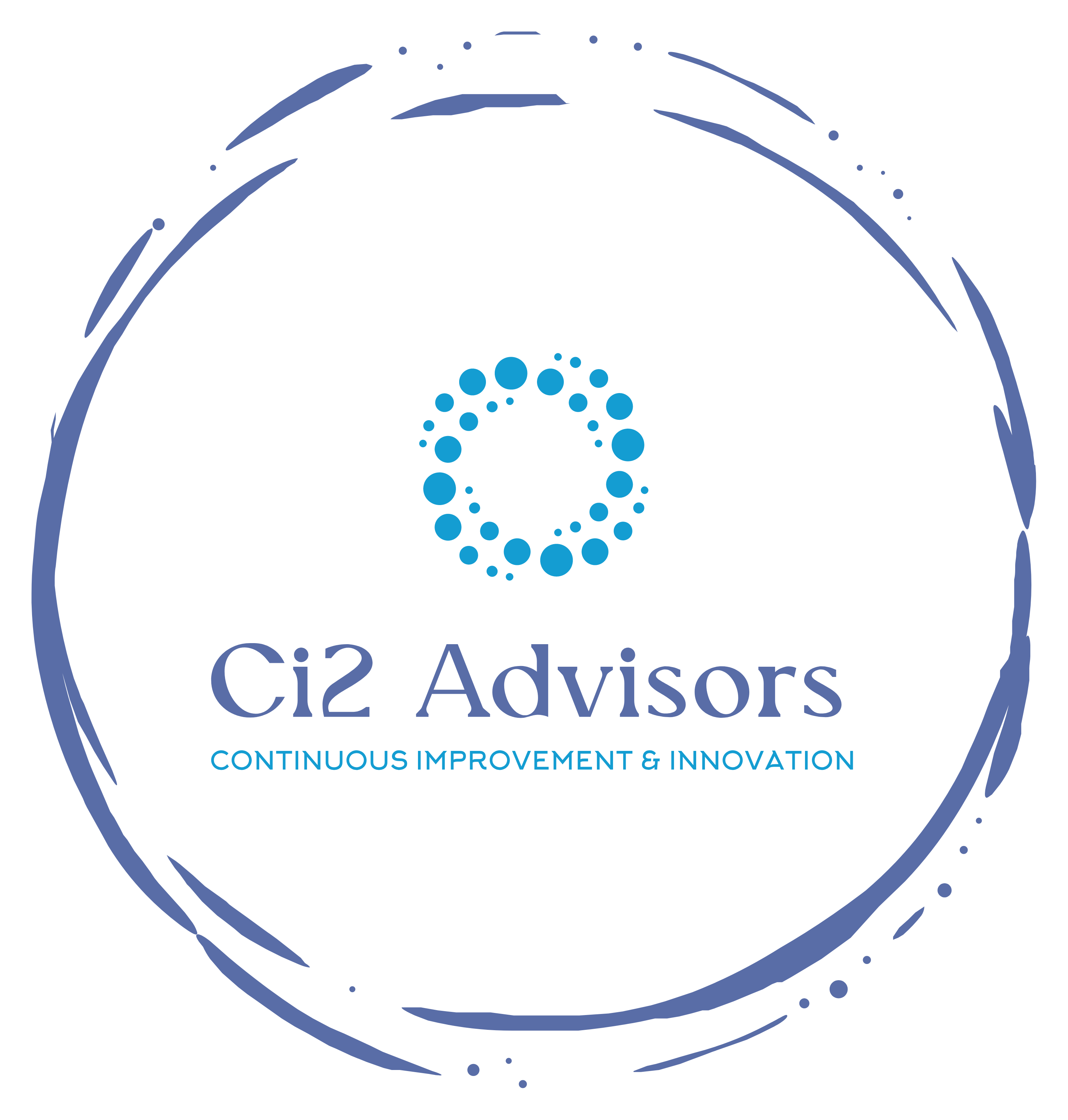The rise of artificial intelligence has changed how we work, communicate, and even think. It’s tempting to believe that the future belongs to whoever masters the latest tools, prompts, or automations. But look closer, and you’ll see a different truth emerging. The people who stand out—the ones who lead, influence, and inspire—aren’t just technically fluent. They’re humanly fluent.
They know how to listen in ways that make others feel seen. They know how to tell stories that bring meaning to change. And they know how to connect deeply enough to move people from information to action.
That’s the real human advantage.
AI can replicate words, but not warmth. It can generate answers, but not empathy. It can imitate understanding, but it can’t truly listen. That’s why soft skills—listening, storytelling, empathy, connection—aren’t just nice-to-haves in an AI-driven world. They’re the hardest skills to replace, and the ones that will matter most.
The Pace Problem: When Communication Speeds Up, Connection Slows Down
We live in a world that moves faster than ever. Every day, we’re bombarded with notifications, messages, and updates across dozens of channels. The modern professional is stretched thin—racing between emails, Slack threads, meetings, and AI-generated summaries. On paper, communication has never been easier. But in reality, genuine connection is disappearing.
Most conversations are transactional. Most messages are one-way broadcasts. And most people are performing more than they’re relating—trying to sound smart, appear prepared, or prove their value.
The result? We’re talking at each other, not with each other.
The irony is that while technology helps us move faster, it also widens the gap between what we say and what people actually feel. And that’s the gap soft skills are built to close.
When you slow down long enough to truly listen—to ask, to notice, to understand—you’re doing something that can’t be automated. You’re creating presence. You’re creating trust. And in a noisy world, that’s what people crave most.
Why Storytelling Still Wins
Facts inform. Stories transform.
We know this instinctively. It’s why we remember a story long after we’ve forgotten a statistic. It’s why we lean in when someone shares a real struggle, not just a polished success. Stories break through noise because they make information feel human again.
But not every story works. The ones that do share a common thread—they’re about struggle. They show someone facing a problem, wrestling with uncertainty, and finding a way through it. That’s what makes people pay attention. It’s not the happy ending—it’s the hard middle.
When someone hears a story like that, something shifts. They see themselves in it. They start to believe change is possible for them, too.
That’s what storytelling, done well, can do: move someone from understanding to action. But to tell that kind of story, you first need to know the struggle your audience is actually in. And that kind of knowing only comes through transformational listening.
Listening Is the Skill Behind Every Other Skill
Most people think they’re good listeners. Few actually are.
Real listening requires more than hearing words. It means tuning into what’s underneath—the emotion behind the message, the hesitation behind the silence, the story behind the struggle. It’s what we call transformational listening.
Transformational listening isn’t about waiting for your turn to talk. It’s about slowing down enough to understand someone’s world as they experience it. You’re not just collecting information—you’re connecting dots between what they say, what they feel, and what they need.
When you listen like that, you don’t have to guess which story will resonate—you already know. You’ve earned the right to tell it, because you’ve taken the time to understand.
That’s what separates good communicators from great ones. And it’s what separates humans from machines.
Why Soft Skills Create Real Influence
The most effective leaders, coaches, and advisors share one thing in common: they make people feel understood. That sense of understanding creates safety, and safety creates openness. Once people feel heard, they become far more willing to learn, change, or take action.
No amount of technical knowledge can create that kind of influence on its own. You can’t spreadsheet your way into trust. You can’t automate empathy.
Soft skills—like listening, storytelling, and emotional intelligence—are what make information meaningful. They’re what turn data into dialogue, and dialogue into decisions.
In practical terms, this means that the professionals who combine both hard and soft skills will define the future of work. The ones who can prompt effectively and listen deeply. The ones who can interpret analytics and inspire belief. The ones who use AI to handle information, but rely on human connection to create transformation.
Technology Can’t Replace Human Understanding
AI is remarkable at what it does. It can summarize, synthesize, and scale communication at speeds we couldn’t imagine a decade ago. It can even mimic tone and style with uncanny precision. But it can’t interpret silence. It can’t notice fear. It can’t sense when a message lands wrong—or when someone needs to be seen before being instructed.
That’s where we come in.
The human advantage isn’t efficiency—it’s empathy. It’s the ability to hold complexity, to respond in real time, to adapt based on emotional cues. It’s the capacity to know not just what to say, but when and how to say it.
AI can produce words, but humans produce meaning. And meaning is what moves people.
The Cost of Shallow Communication
Every organization today is drowning in communication but starving for connection. Teams trade endless updates without real understanding. Leaders deliver information, but not inspiration. And clients receive polished reports that don’t quite speak to what they actually feel.
The result is fatigue. People feel unseen, unheard, and unmotivated—not because there’s too little information, but because there’s too little humanity in how it’s shared.
That’s what happens when communication becomes performative. We focus on sounding right instead of being real. We prioritize speed over substance. We start measuring communication in quantity, not quality.
But here’s the thing: people don’t remember how fast you responded—they remember how you made them feel.
The only way to build communication that sticks is to bring humanity back into it.
Reclaiming Human Connection in the AI Era
The future of work isn’t a contest between humans and machines. It’s a collaboration. AI can help us process, create, and communicate faster. But it can’t replace the one thing that makes work meaningful—connection.
That’s why the most valuable professionals in the coming decade will be the ones who master both. The technical fluency to use tools with confidence, and the emotional fluency to connect with people with empathy.
Think of it as a dual literacy: fluency in systems and fluency in stories.
The first gets you efficiency. The second gives you influence.
As automation takes over more repetitive tasks, what’s left are the deeply human moments—coaching, leading, listening, mentoring, storytelling. The skills that make someone feel understood, motivated, and seen. Those are the skills that keep organizations alive.
The Power of Presence
Presence is becoming one of the rarest skills in business. To be fully present in a conversation—to listen without distraction, to respond without rehearsing, to make someone feel like the only person in the room—is increasingly uncommon.
But that’s exactly what makes it so powerful.
Presence communicates value. It tells people they matter. It signals that they’re worth your time and attention—two things no algorithm can offer.
When you practice presence, you slow down the noise of the world long enough to create clarity. And in that clarity, connection happens. That’s where real storytelling begins.
How Soft Skills Drive Measurable Results
Soft skills aren’t “soft” at all. They’re measurable, teachable, and deeply tied to performance. Teams that communicate with empathy see higher engagement, stronger collaboration, and faster problem-solving. Leaders who listen before speaking make better decisions and build cultures of trust.
Clients who feel heard stay longer. Teams that feel understood perform better. Relationships built on trust don’t just retain—they multiply.
In short, connection creates results.
When people feel safe and understood, they take risks, share ideas, and contribute more freely. That’s what drives innovation, creativity, and change. And it all begins with listening, empathy, and story—the cornerstones of soft skill mastery.
The Human Future of Leadership
The next generation of leadership won’t be defined by who can speak the loudest, move the fastest, or master the newest tools. It will be defined by who can listen best.
Leaders who build trust through understanding will outperform those who rely on authority. Advisors who tell stories that mirror their clients’ struggles will outshine those who only share data. Teams that communicate with empathy will outlast those that only communicate with efficiency.
Human connection isn’t slowing us down—it’s grounding us in what actually drives performance: belief, trust, and meaning.
Because no matter how advanced technology becomes, people still want to feel seen. They still want to be understood. And they still want to know that behind the data, there’s someone who cares enough to listen.
Final Thought: Stay Human
The future of work belongs to those who can integrate both intelligence and empathy—who can use technology to amplify, not replace, the human touch.
Hard skills will open doors. But soft skills will keep them open.
If you want to stay relevant, don’t just learn how to use the newest tools. Learn how to see people again. Listen deeply. Tell stories that matter. Create moments of connection in a world that’s losing touch.
Because the most advanced skill you can develop right now isn’t technical. It’s human. And that’s the one skill AI will never be able to replace.
About Ci2 Advisors
Ci2 Advisors helps leaders, teams, and organizations communicate with emotional clarity, empathy, and purpose. Through transformational listening and story-driven strategies, we teach professionals how to connect in ways that move people—beyond information, into action.








